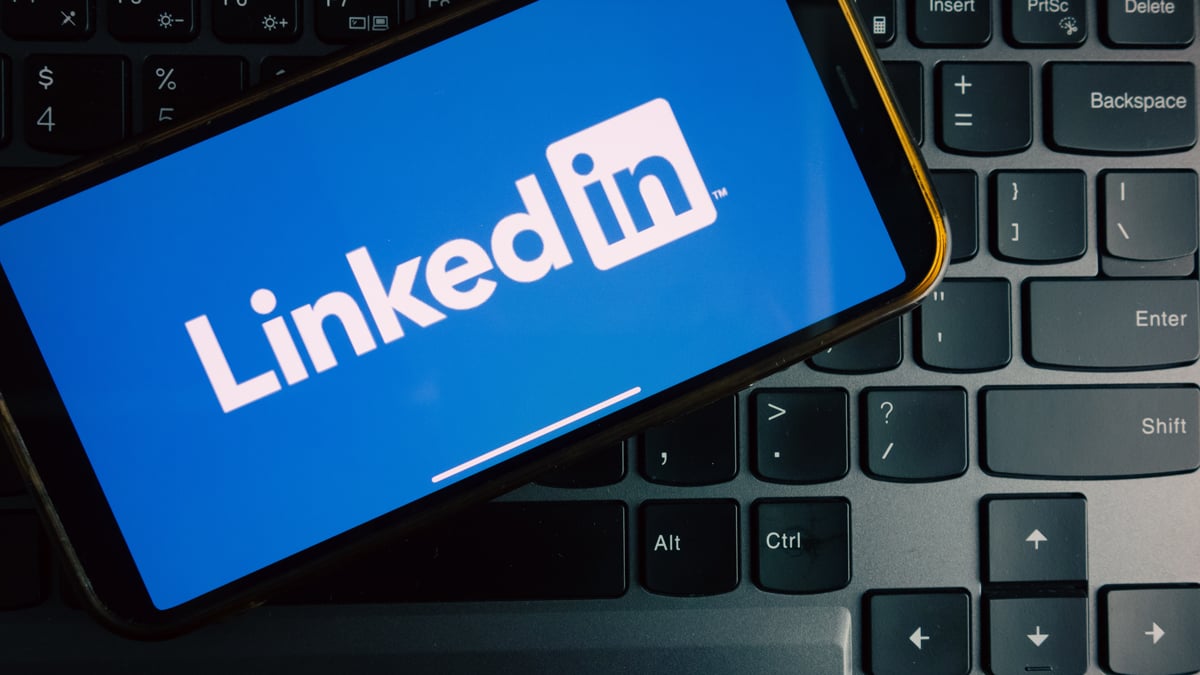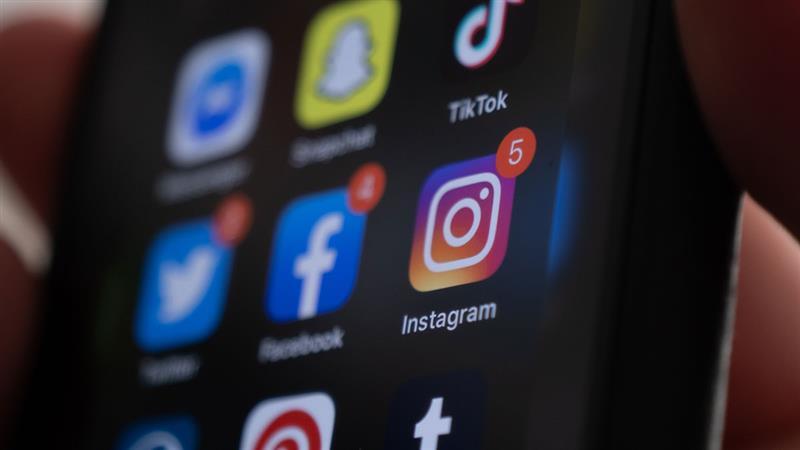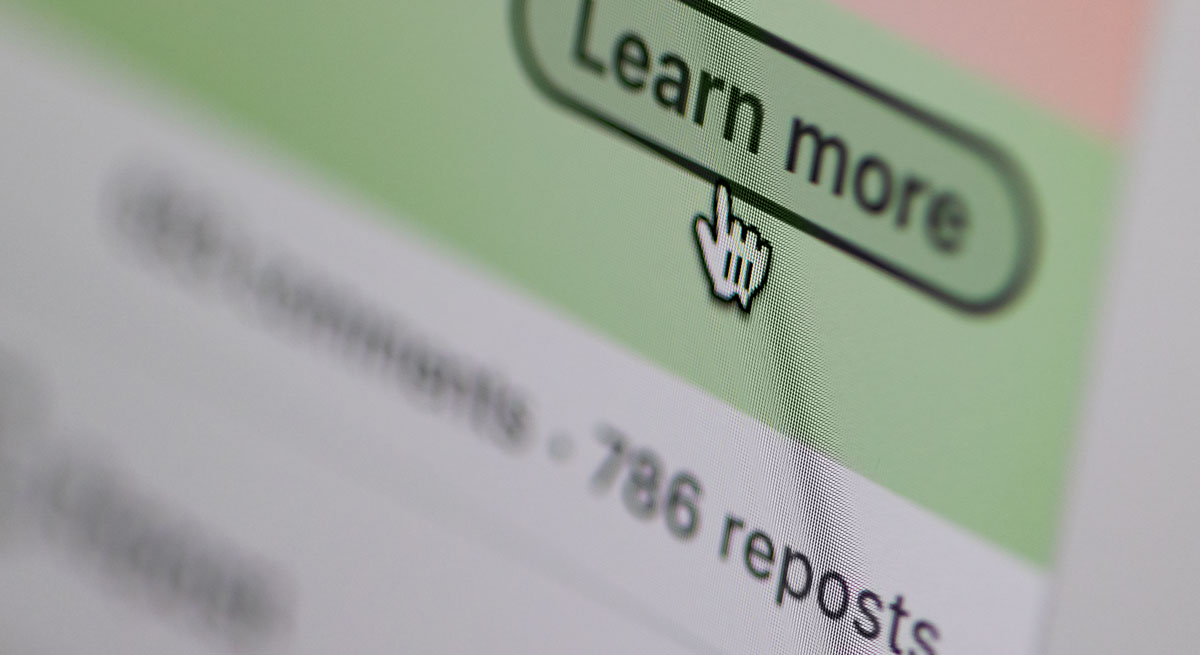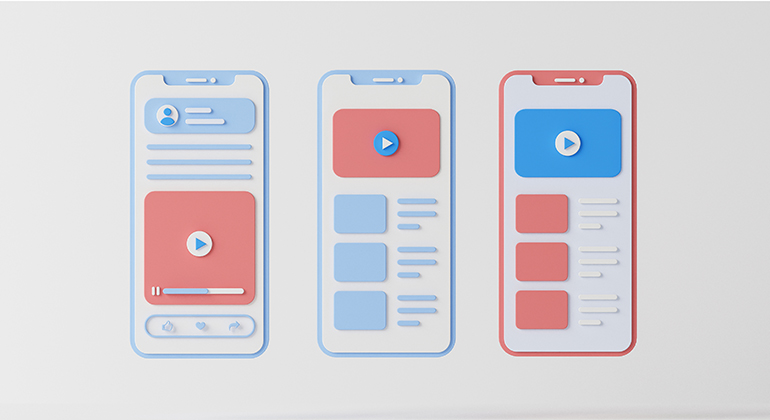A Beginner's Guide to LinkedIn Advertising

August 5, 2025
LinkedIn is a treasure trove for B2B companies seeking to connect with decision-makers and industry professionals. Unlike other social media platforms, LinkedIn's user base is comprised largely of professionals looking to network, learn, and grow their businesses. This unique environment makes it an ideal platform for B2B marketing.
With 1.1 billion users worldwide, LinkedIn offers unparalleled targeting options based on job title, industry, company size, and more. This precise targeting ensures that your ads reach the right audience, increasing the likelihood of generating high-quality leads.
Here’s a guide to help you unlock the full potential of LinkedIn advertising.
Understanding ad types and use cases.
All LinkedIn ads are created, measured and optimized using the Campaign Manager platform. When creating an ad, the first thing you must do is define the goal: brand awareness, consideration (website visits, engagement or video views), or conversion (website conversion, lead generation or job applicants). Then, LinkedIn will only suggest the ad formats that best support your objective.
While there is a large variety of ad formats, here’s a breakdown of the main types and their use cases:
- Sponsored Content: These are native ads that appear directly in the LinkedIn feed. They are excellent for promoting blog posts, articles, and other content to drive engagement and establish thought leadership.
- Sponsored InMail: This format allows you to send personalized messages directly to LinkedIn users' inboxes. It's perfect for event invitations, product announcements, and personalized offers.
- Text Ads: These are simple, pay-per-click (PPC) or cost-per-impression (CPM) ads that appear on the right sidebar of a user’s feed. They are great for driving traffic to your website or a landing page.
- Dynamic Ads: These ads personalize content to each viewer based on their profile data. Simply put, when a user fits your defined audience criteria, they’ll see your ad. It's the ideal choice for promoting job opportunities, spotlighting an event or inviting a user to follow your page.
- Video Ads: Utilize video content to capture attention and convey your message effectively. Video ads are particularly useful for demonstrating products or sharing customer testimonials.
Setting up a winning strategy.
A successful LinkedIn advertising strategy starts with clear objectives. Whether you're aiming to generate leads, increase brand awareness, or drive website traffic, your goals will shape your campaign approach.
Next, define your target audience using LinkedIn’s robust targeting options. Tailor your messaging to address their specific pain points and interests. High-quality, relevant content is crucial—consider creating whitepapers, case studies, and informative articles that provide value to your audience.
Finally, continually test and optimize your ads. A/B testing different headlines, images, and call-to-actions (CTAs) can help identify what resonates best with your audience.
Choosing pricing and budgeting techniques.
LinkedIn ads operate on a bidding system, where you can set daily or total budgets and choose between cost-per-click (CPC) or cost-per-impression (CPM) pricing models. The cost can vary widely based on your targeting criteria and competition for your chosen audience.
While costs vary based on several factors, here are average costs for the different bidding strategies:
- Cost per click (CPC): $2.00–$3.00 per click
- Cost per impressions (CPM): $5.00–$8.00 per 1,000 impressions
- Sponsored messaging ads: $0.26–$0.50 per send
To make the most of your budget, start with a small test campaign to gauge performance metrics. Analyze the cost per lead and adjust your bidding strategy as needed. LinkedIn’s Campaign Manager provides detailed insights to help you refine your approach.
Boosting existing posts.
Maximize the impact of great content you’ve already created. Boosting existing posts is a great option to quickly gain visibility and reach a larger audience than your follower base.
The process is simple. Log into your company LinkedIn page, choose the post you want to boost, select an objective, define the audience, set a budget, and schedule how long the post is boosted. If you want additional targeting options and analytics, set it up using Campaign Manager instead. The minimum daily budget for boosting a post is $10, but $25 or more is the recommended daily budget for optimal results.
Analyzing campaign metrics.
Use LinkedIn’s analytics tools to monitor metrics and identify trends. Key metrics LinkedIn provides includes click-through rates (CTR), conversion rates, cost per lead, top-performing audiences and top-performing ads.
Regularly review your campaign performance and identify how adjusting your target audience, refining ad copy, or experimenting with different ad formats could improve results. Following these LinkedIn best practices will help you drive growth and elevate your marketing strategy.





